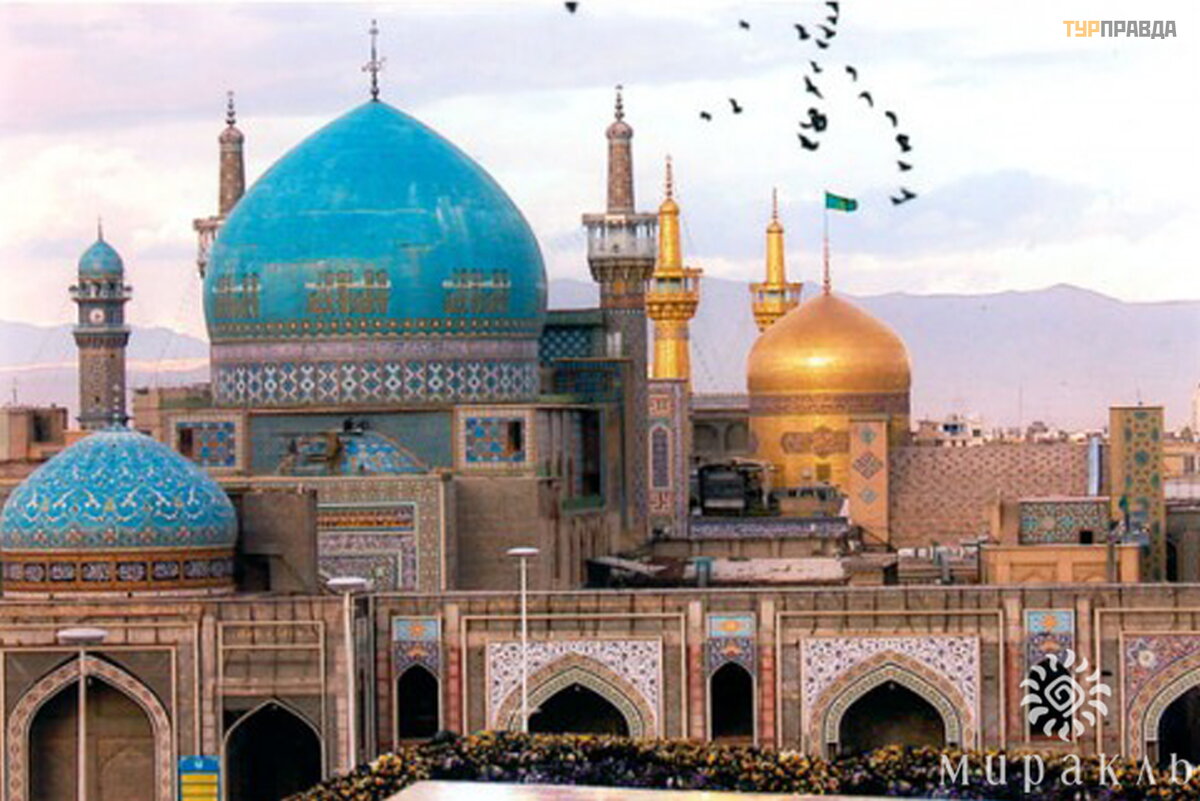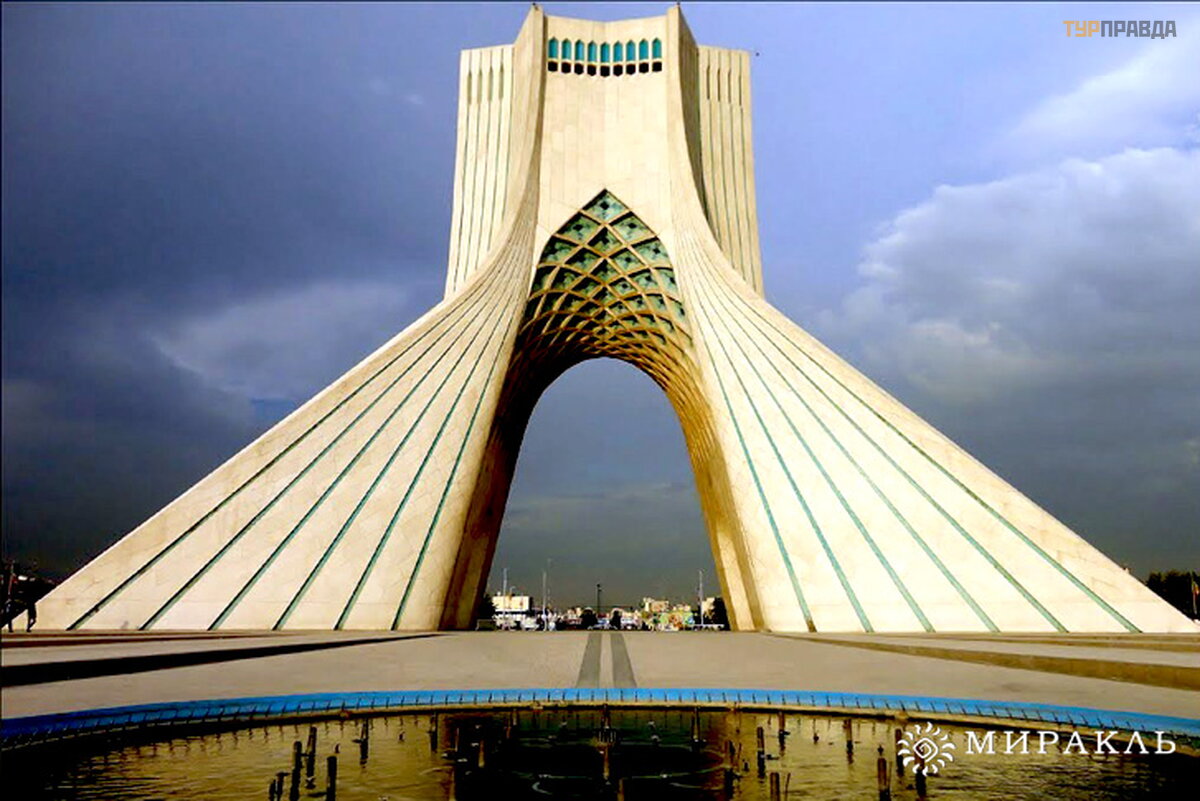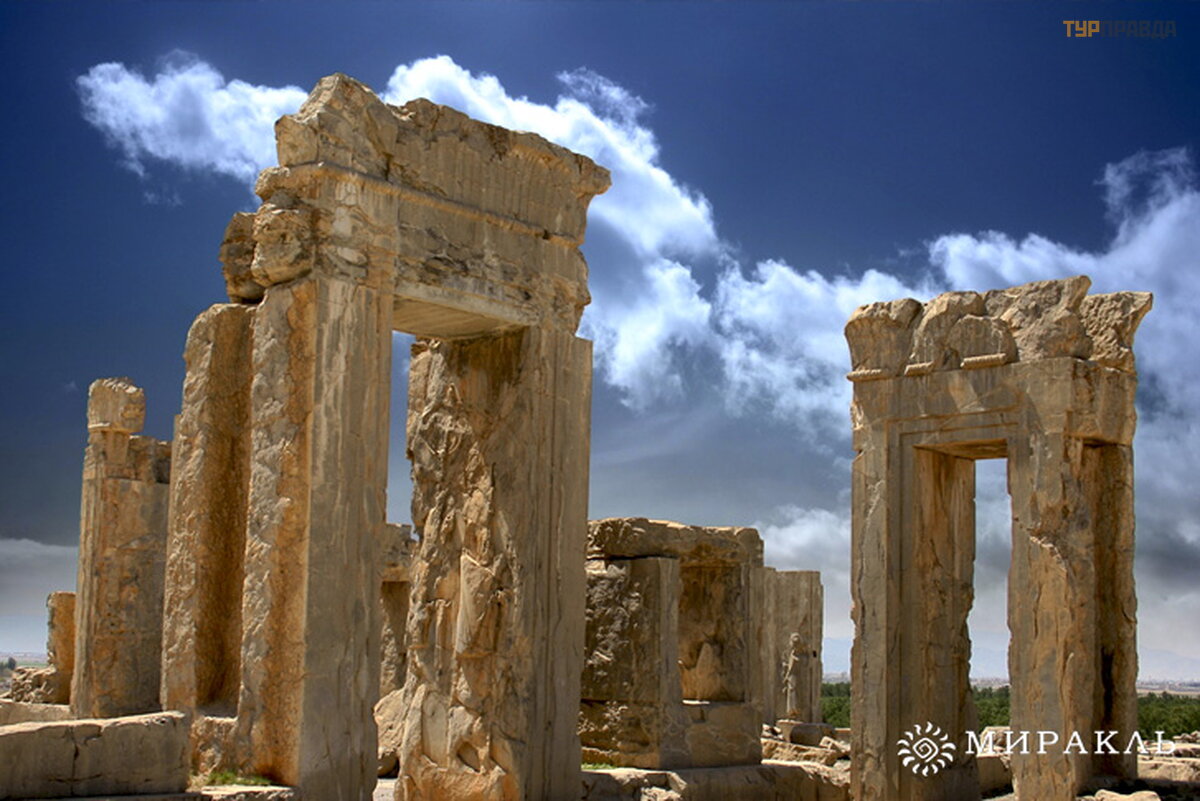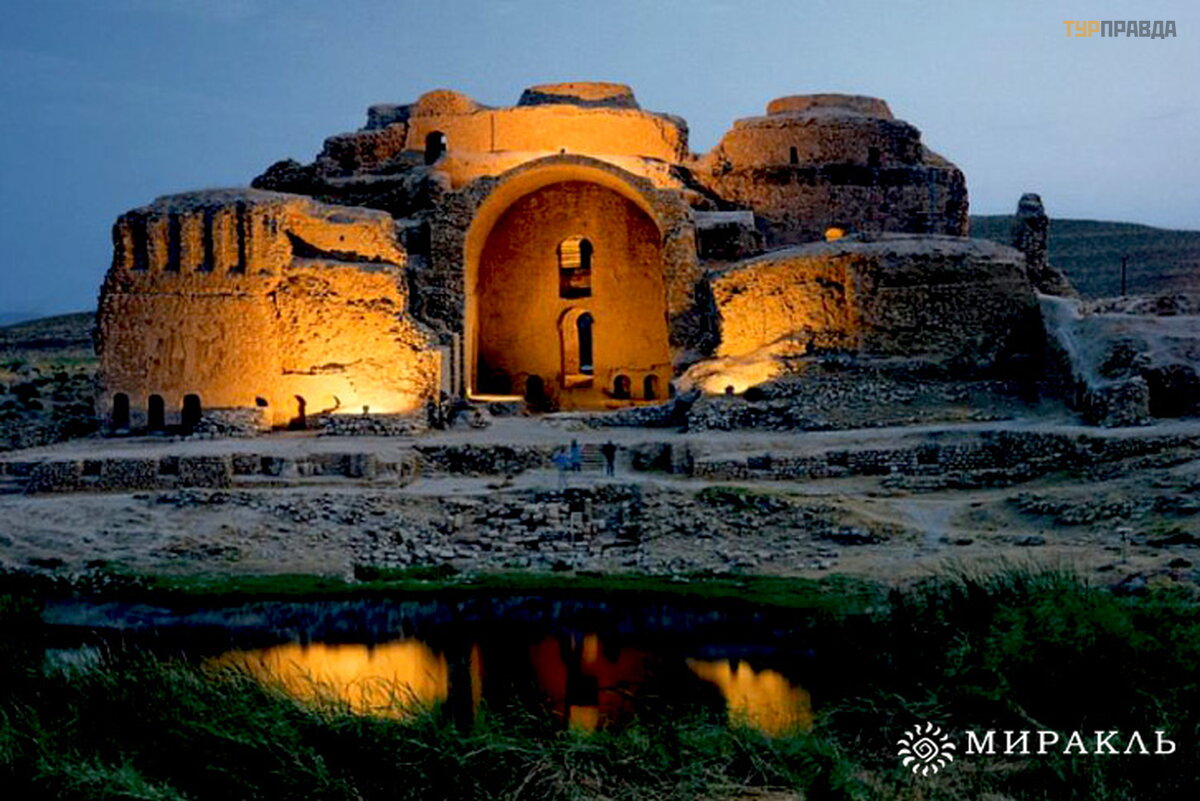Journey to antiquity. Persia. Iran
Oh, wondrous, beautiful Persia! Sung by poets, majestic and powerful!
See with your own eyes, walk in the footsteps of the glory of the largest state, touch the ancient civilization.
All this is real. Let's go to Iran!
Miracle travel company offered the most extensive introductory tour.
Our itinerary: Route: Tehran - Qazvin - Zanjan - Hamedan - Shiraz - Persepolis - Pasargad - Yazd - Isfahan - Meybod - Nain - Abyaneh - Kashan - Qom
Now many judge Iran by media reports: revolution, opposition to the West, conservative clergy. However, any Iranian will gladly tell you that his native country has a very different story.
Cultural flexibility, hospitality, outward sincerity and participation - these are the components of a complex system of taarof - rules of polite behavior, surprisingly combined with the strict conservatism of Islam. The state in which the chronology is kept, which does not coincide with the European one, the only day off comes on Friday, and the new year - on the day of the spring solstice. You will be surprised that by the New Year the Iranians draw Easter eggs - a symbol of Navruz and Easter. In shops and bazaars you will be offered them for every taste: decorated with beads, ribbons, foil, lace.
For girls, the obligatory dress code - scarves that cover the hair and neck, has not yet been canceled in Iran. Short sleeves, by the way, are also prohibited.
Although the dress code in Tehran is not particularly strict, it is mandatory in all other cities, especially in public places, markets, shops, restaurants. Interestingly, it is better for women to enter the subway in the first and last - special, women's cars. And men are very fond of being photographed, they begin to smile affably and ask to take a photo with them.
Iran is the birthplace of pistachios and dates, so Iranians prepare delicious nut halva, raginak - walnut sweets and sherbet with lemon - sharbat-lima as desserts. And at the end of autumn - the beginning of winter, the season of pomegranates begins, here thick, tart and invigorating juice is squeezed out of them. Despite the delicious cuisine, there is no cult of food. Each city has its own special features, for example, the local ice cream, invented in Shiraz, is called faloude (faloude shirazi) and is something like vermicelli with finely crushed ice, pistachios and lime juice.
Iranians are friendly and benevolent people, whose hospitality is a distinctive feature. You constantly feel it on yourself. Helping a guest in Iran is the first duty of a respectable citizen. One will make every effort to understand your questions. Another will remember all the phrases he knows in English. The third will start calling a friend who studied in the West. To solve your problem, they can gather a whole council of sympathetic passers-by. But most importantly, the Iranians do not only treat foreigners this way. Traditional Iranian etiquette - taarof - involves extreme courtesy to the interlocutor. However, it is important to distinguish between genuine motivation and formal politeness. You stop a taxi and tell them where to go. When you arrive, ask for the fare. In response, the taxi driver says that it is not worth gratitude. Do not rush to rejoice - this is taarof.
At the end of the trip, you may be told several times that the trip is free, because you are a guest. And you have to offer money. After two or three refusals, the taxi driver will take the money, supposedly so as not to offend you. And this is not only among taxi drivers. In traditional small shops, you can also hear a similar phrase.
As for personal safety, theft, robbery and the safety of things in hotels.
You don't have to worry at all, don't be afraid to walk the streets with expensive photographic equipment and leave your laptop at the hotel. In Iran, they do not steal at all. It is worth noting that theft here is punished much more seriously than, for example, an attempt on the life of the country's supreme leader or government officials. If suddenly someone saw your camera on the street and pulled your sleeve, offering to follow him, feel free to agree.
He does not want to rob you, but to show you something unusual and interesting. True, in recent times, cases of theft have nevertheless been noted, but only among visitors. So there is no need to relax at all.
Iran is a very interesting, unique and completely safe country for tourism. This is an ancient country, with the richest cultural history, which was once the largest empire in the world in the entire history of empires.
This country, which for a thousand years was known to the whole world as Persia. It is believed that this country is the progenitor of the world's first civilization, described in the Bible. And according to some theologians, in Iran, on the territory of the ancient city of Tabriz, the divine garden of Eden was located. Our route goes all over ancient Persia with visits to Tabriz, Shiraz, Persepolis, Isfahan, Yazd.
Thousands of years ago, when primitiveness reigned in most of Europe, the core of Iran was formed by ancient historical regions and states: Elam, Persis, Parthia, Media. In the 4th-6th centuries BC. e. the huge kingdom of the Achaemenids stretched from the Black Sea to the banks of the Indus. The Persian king spent different seasons in 4 capitals.
In the ruins of the ancient capital, Persepolis, burned by Alexander the Great, images on stone walls are well preserved. The drawings indicate the friendly atmosphere that prevailed at that time: representatives of different nations present gifts to each other, affably put their hands on their shoulders. It seems that at that time, in an era of barbarism and cruelty, Persepolis demonstrated cosmopolitanism. Ancient ruins of houses, columns, statues, bas-reliefs, the Gate of Nations help to imagine a large multinational city, in which, by the way, there was no slavery.
It is very interesting to learn about the architectural secrets of the ancient Persians - the "bad-girs" wind-trapping towers, underground water supply, pyramid-reservoirs, an old man - a 4500-year-old cypress, and, of course, Zoroastrian temples. . . Pre-Islamic Iran was Zoroastrian. Zoroastrianism has survived to this day (although there are no more than a hundred thousand of its supporters in Iran) and coexists with Islam. In the city of Yazd there is a new Zoroastrian temple, and in its vicinity, high in the mountains, a sanctuary has been preserved, where pilgrims from all over the world flock. An eternal fire is maintained there, which is worshiped by the Zoroastrians.
The old cities of Iran are like open-air museums. It feels like you find yourself in the old clay quarters, in a medieval way of life. Outlandish buildings, villages and cities are at every turn.
These cities are not mentioned in guidebooks, but they are the real Iran. Indescribable experience! This must be seen with your own eyes.



















